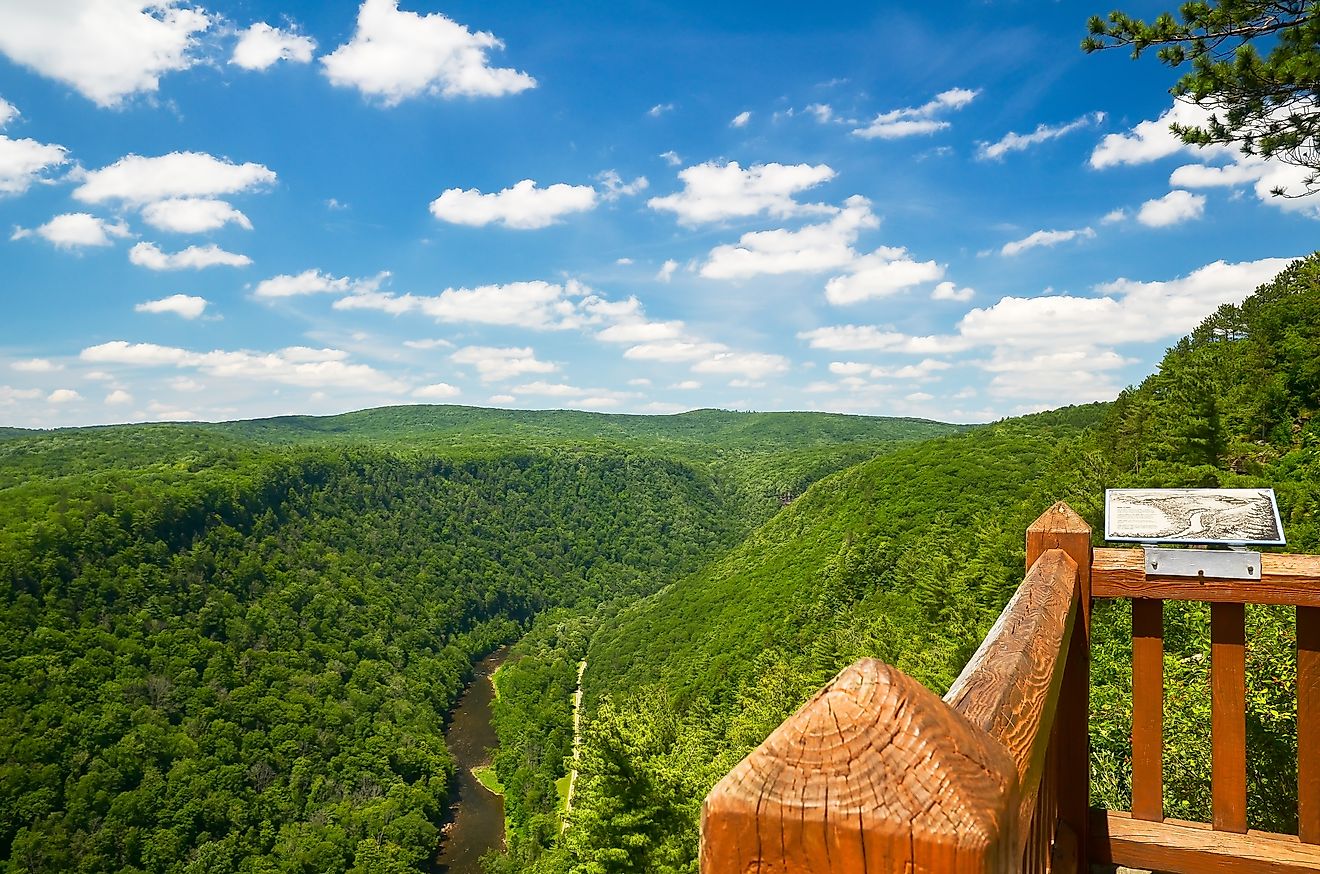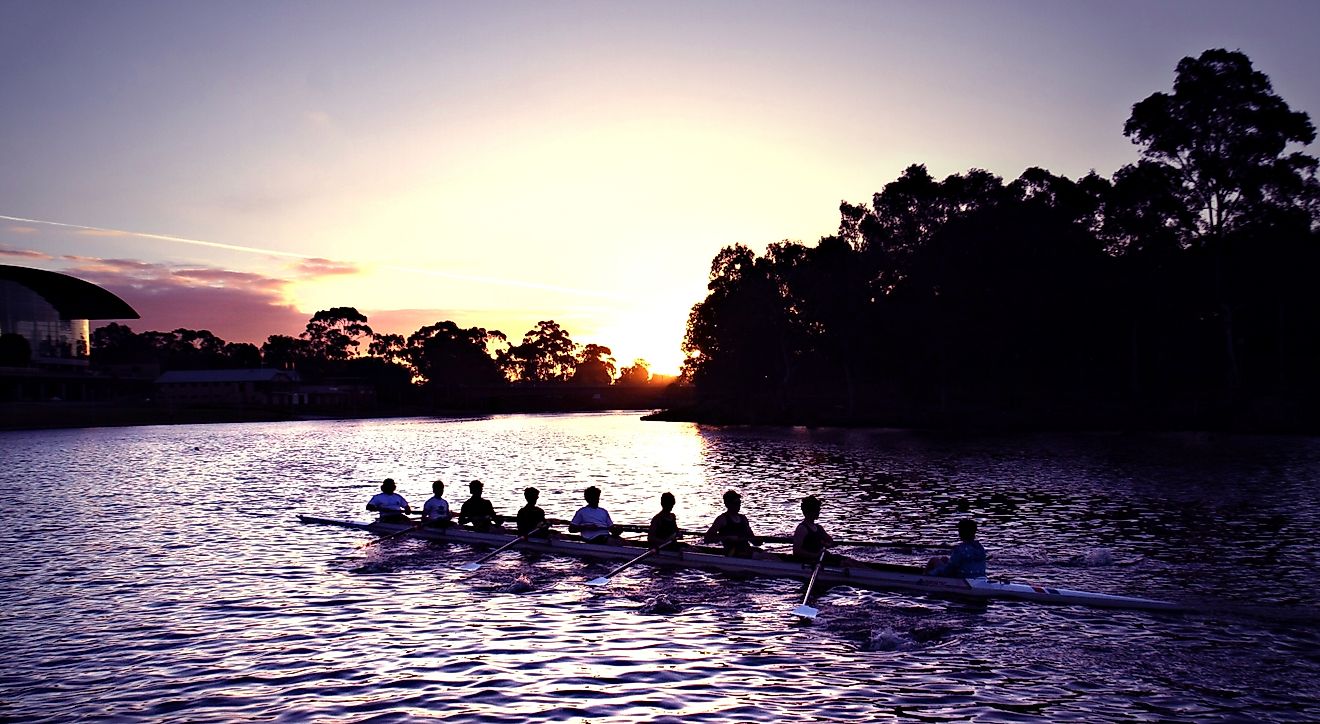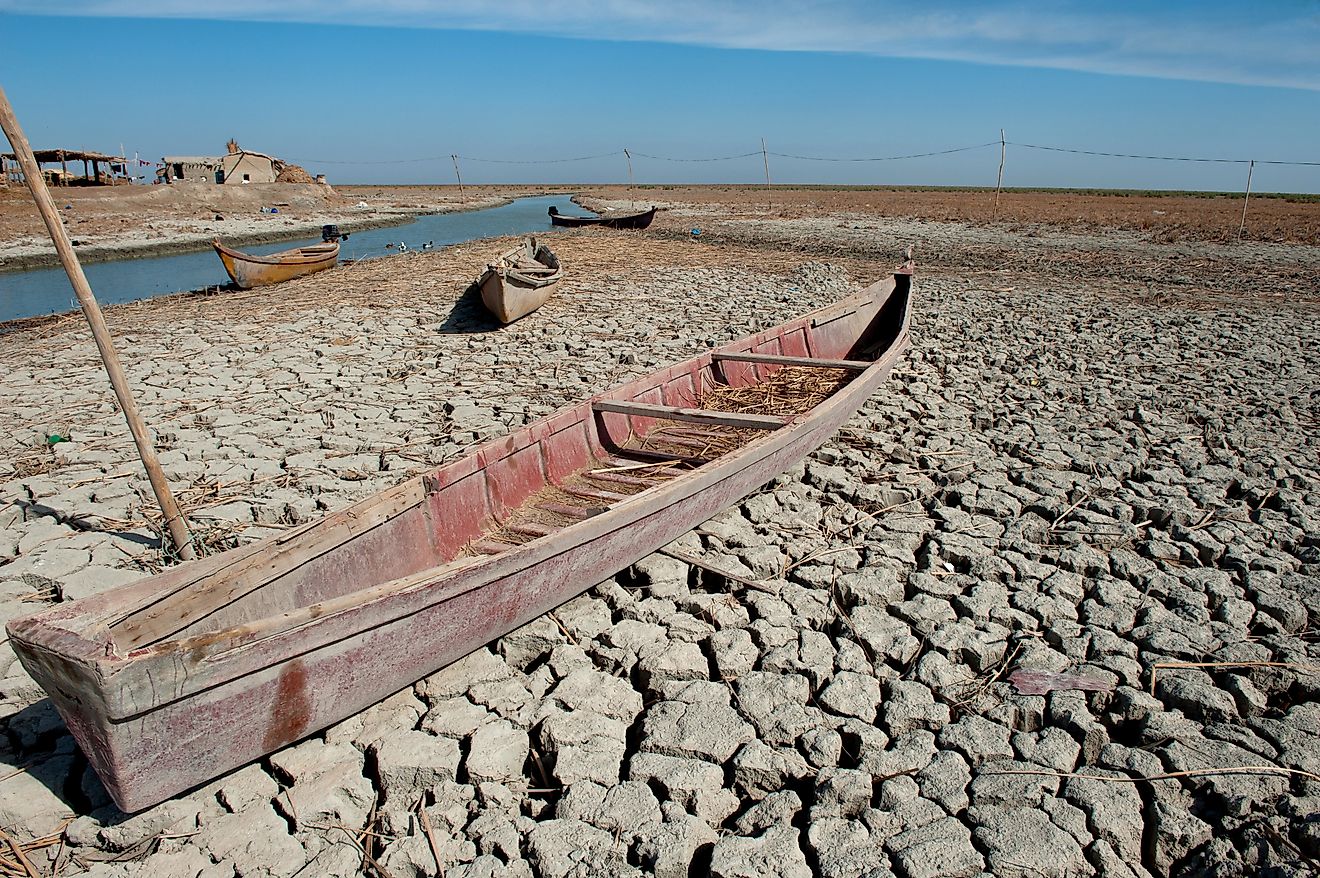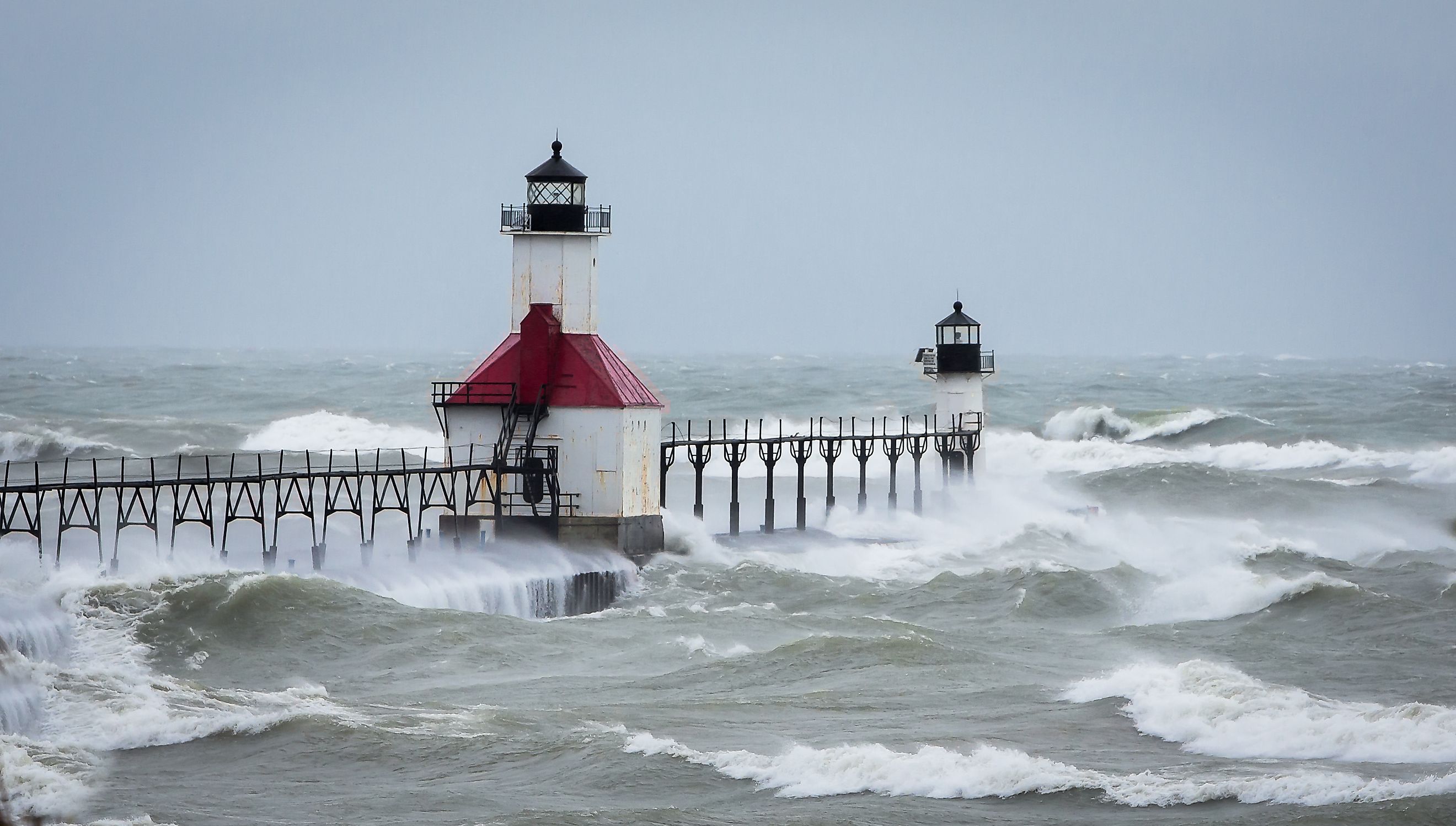
Why This Great Lake Is America's Deadliest Lake
Lake Michigan is the second largest Great Lake and the only one entirely within the United States. It is one of the most popular destinations in the country. Millions of people visit the lake every year to enjoy its stunning scenery—some lounging on the beach, some fishing or boating, and others exploring the area’s charming small towns.
Lake Michigan’s beauty, recreational activities, and accessibility may make it one of the busiest and best Great Lakes, but it is also the deadliest. To stay safe in the water, it’s important to understand Lake Michigan’s unique risks. Below, we explore what makes this Great Lake the deadliest and how you can keep yourself safe while enjoying all this picturesque lake has to offer.
Accessibility And Popularity
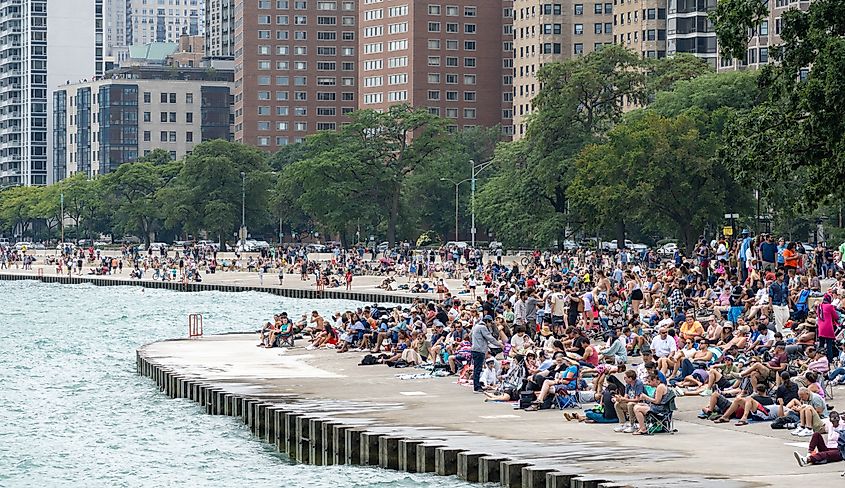
Dropping down from the Canadian border, along the western side of Michigan, Lake Michigan has more than 1,600 miles of shoreline. Along that shoreline are several major hubs, making the lake very accessible for both out-of-towners and day-tripping locals. At the southern end of the lake is the bustling city of Chicago, Illinois. Further north, along the western shore, you’ll find Milwaukee, Wisconsin. Moving over to the Michigan side, there’s another city within easy reach of the water, Grand Rapids.
This proximity to large urban centers, combined with the lake’s plentiful sandy beaches and many recreational activities, make it the perfect destination. Swimming, surfing, paddleboarding, boating, and kayaking are all popular activities on the lake. It also draws anglers from all over the country, eager to reel in some lake trout, panfish, or smallmouth bass. There’s lots of activity onshore, too, with beachgoers, hikers, and birdwatchers exploring the beautiful shoreline.
It’s easy to see why Lake Michigan has an enduring appeal for visitors. It brings them closer to nature and provides easy access to watersports and recreation; the lake’s popularity increases the number of people exposed to its inherent dangers.
Dangerous Lake Currents
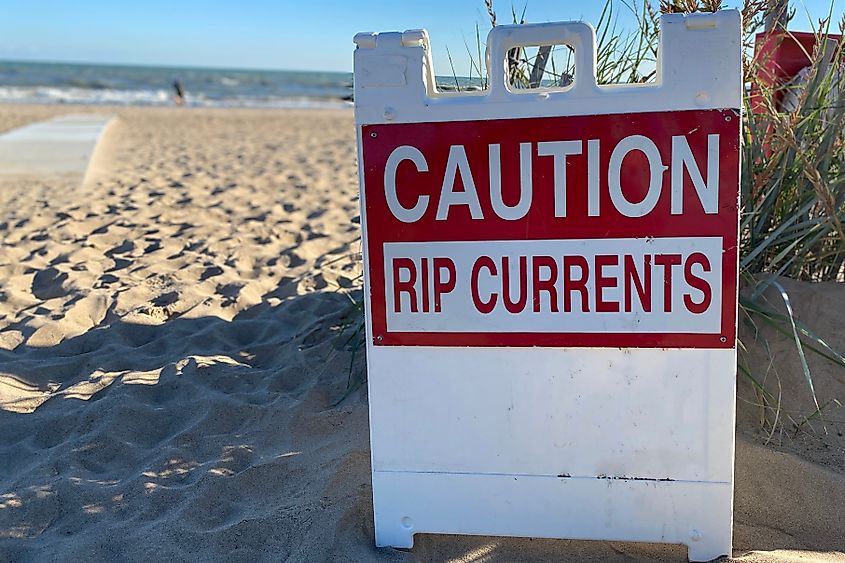
Even experienced swimmers should take care in Lake Michigan, which plunges down 925ft at its deepest point and is subject to strong currents that can make any water activity hazardous. There are two types of currents to watch out for while swimming — rip currents and longshore currents.
Rip Currents occur when waves recede from the shore. As they move out, they find channels that accelerate their speed, causing powerful currents that drag swimmers away from the shore. Rip currents are one of the most common causes of drownings. They are particularly common in sandy beach areas and can reach speeds of up to 5 mph, fast enough to overpower even strong swimmers. Caught in a rip current, many swimmers panic and follow their first instinct, which is to swim against the current and make for the shore. This is exactly what not to do. Instead, swimmers can escape the deadly drag of the current by swimming parallel to the shore.
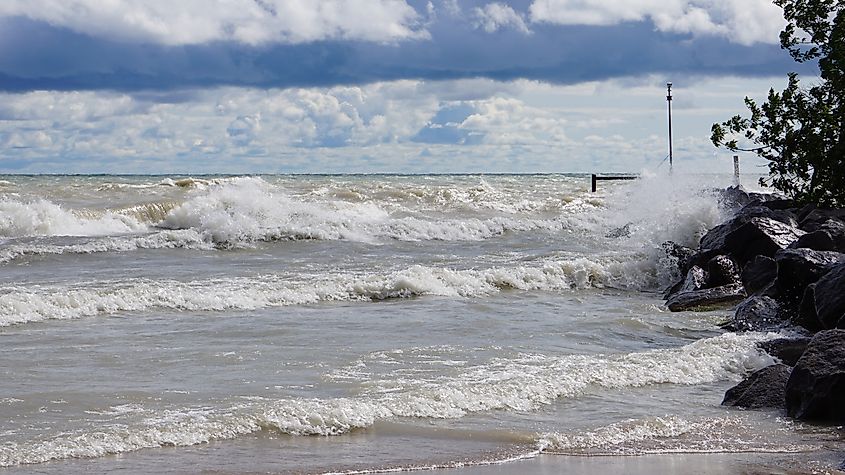
Rip currents pull swimmers away from the shore, but longshore currents run parallel to the shore. These dangerous currents can pull swimmers along the coast, pushing them into deeper water or rip currents or against human-made structures. These can catch swimmers off guard, especially when combined with shifting sandbars. It’s also important to be especially mindful around piers, as these can become a churn of strong waves
A good rule of thumb if you encounter currents is to flip, float, and follow. Flip over on your back, float to keep your head above water and conserve energy, and follow rather than fight the current, assessing which direction it is flowing before swimming perpendicular to it. It’s important to remember that currents are natural phenomena and not unique to Lake Michigan, learning about how to spot and avoid them is a must for anyone who enjoys spending time in the water.
High Population, High Risk
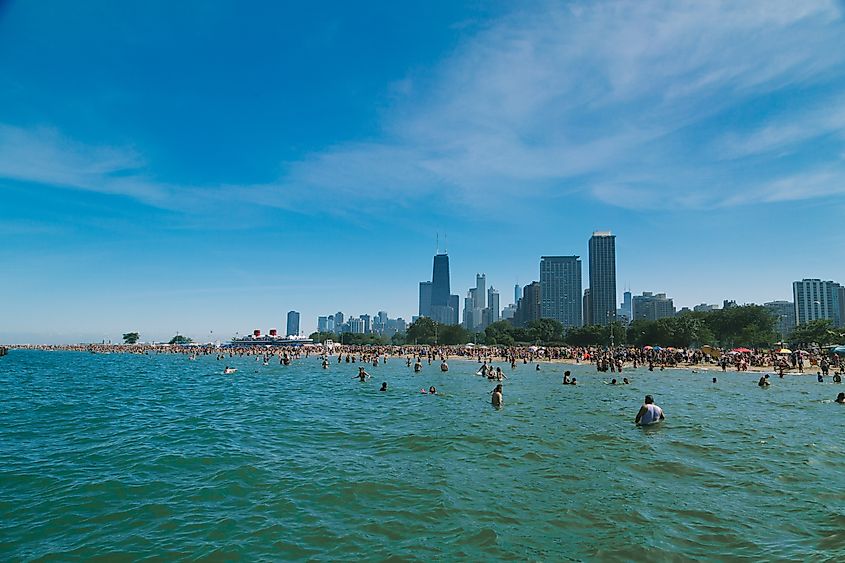
With high-traffic areas like Chicago located conveniently close to Lake Michigan, it’s not surprising that the lake gets busy. Over 20 million people flock to its beaches every year, and around 12 million people live around the lake. This high population density obviously increases the risk of drowning incidents, especially in the busy summer months. Almost half of all drownings in the Great Lakes in 2023 happened in Lake Michigan, with 41 people losing their lives at the lake.
Many of these deaths occur because visitors are unaware of the dangers lurking beneath the surface, particularly tourists who are unfamiliar with Lake Michigan’s strong currents. The situation is made worse by a lack of lifeguards who aren’t present in all areas and limited awareness of water safety practices. Many visitors aren’t aware of the dangers of currents, ignore designated swimming areas and warning signs, and fail to check the forecast before venturing into deeper water, where storms can develop quickly.
Pollution And Water Quality
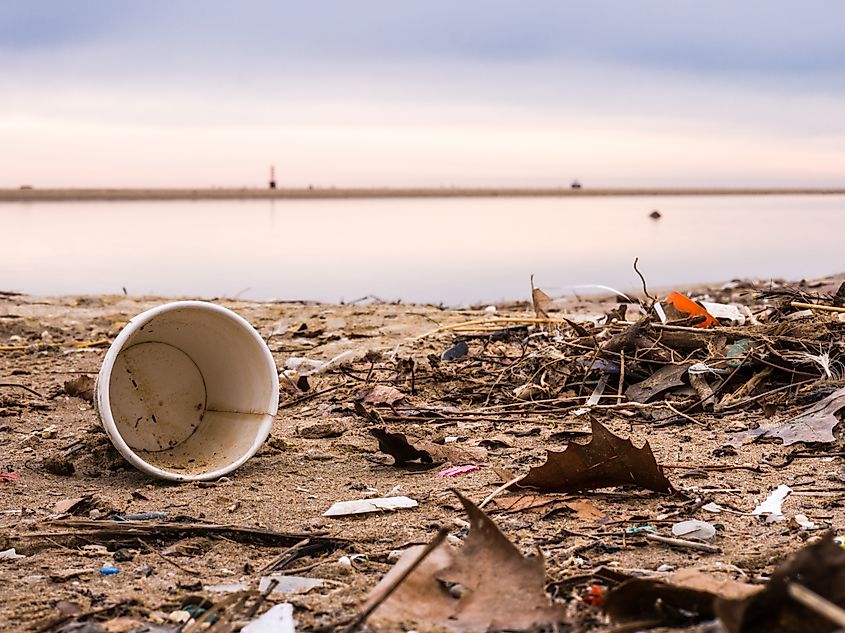
The presence of pollutants and bacteria in Lake Michigan enhances the lake’s hazardous reputation, adding another layer of risk for anyone swimming or enjoying watersports.
Like many inland bodies of water, Lake Michigan faces water quality issues, particularly pollution from stormwater runoff, industrial waste, and urban drainage. Water can also become contaminated by overflowing sanitary systems, improper waste disposal by boaters, and malfunctioning septic systems. Large cities on the shoreline, construction, and heavy activity on and around the lake exacerbate these problems, which can lead to dangerous levels of E. coli and other contaminants—especially after heavy rainfall.
Children, the elderly, and people with weakened immune systems should be especially cautious of polluted water. If you’re visiting Lake Michigan, pay attention to signage and check any advisories from local authorities to reduce your risk and know when contaminant levels are high. Polluted waters not only pose a health risk but also make rescues more difficult due to reduced water clarity. Greater awareness of this issue can lead to stricter environmental regulations and effective public health initiatives.
Why Lake Michigan Stands Out Among the Great Lakes
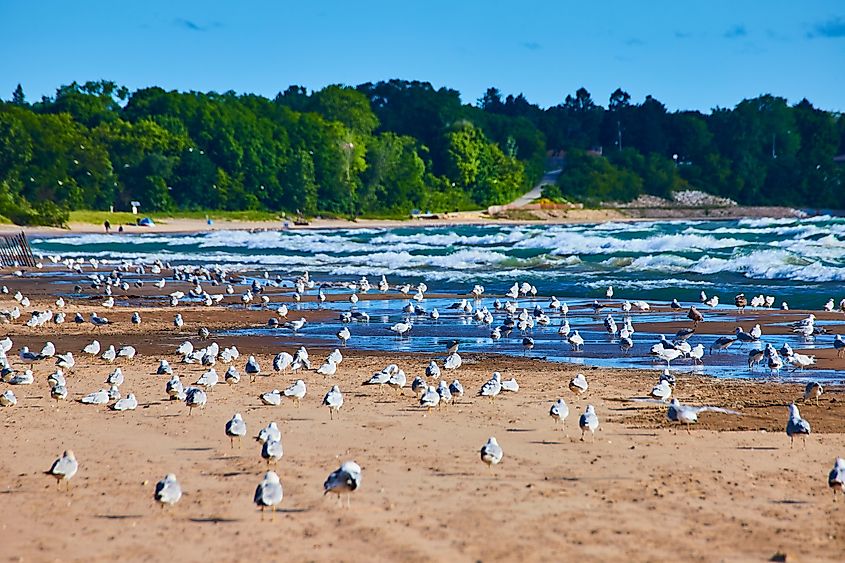
All the Great Lakes can be hazardous, and visitors should practice good water safety at all of them. But why does Lake Michigan take the title of deadliest?
Around 118 miles wide and 307 miles long, Lake Michigan is more like an ocean, and just like the ocean, it can whip up large waves, strong currents, and unpredictable weather conditions. Being more populated than the other Great Lakes, Lake Michigan stands out as having all the right features to make it the most treacherous.
Enjoying Lake Michigan Safely
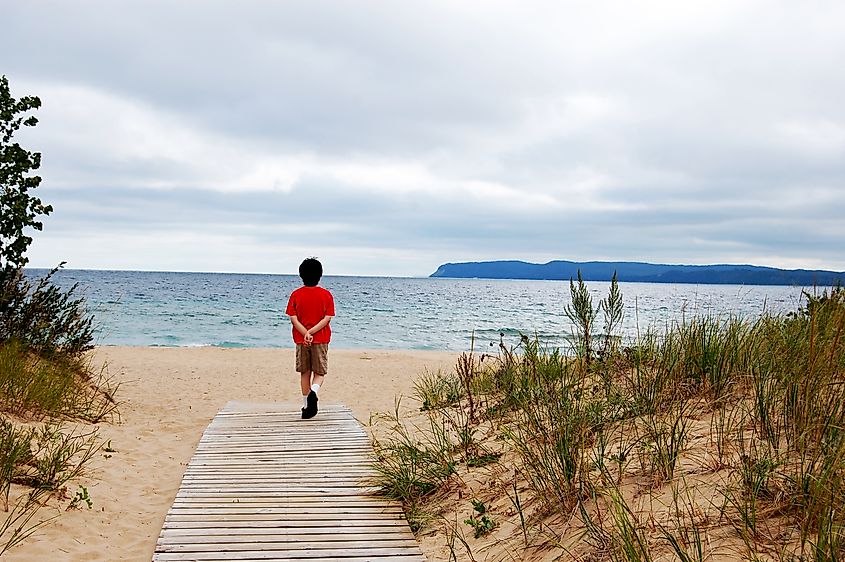
Lake Michigan is a popular playground for millions but the more people interacting with the water, the higher the probability of accidents. This scenic and accessible lake has a dark side thanks to its dangerous currents and polluted waters at some locations.
More lifeguards, better signage warning about currents, and public education campaigns about the dangers of rip and longshore currents can help reduce the number of fatalities on the lake. Individuals can also take steps to protect themselves - check the weather before heading out on the water as storms come up quickly, always stay in designated swimming areas, and avoid the water on ‘red flag days,’ which act as a beach warning system. Be especially careful when visiting in the summer or on the 4th of July weekend, as this is when the lake is busiest and most accidents occur.
Be aware of the risks, know how to avoid the dangers, and follow local guidelines to have an amazing Lake Michigan experience and create lasting memories of its timeless beauty.
